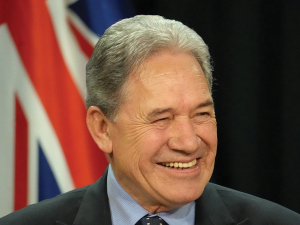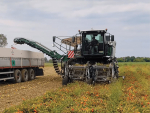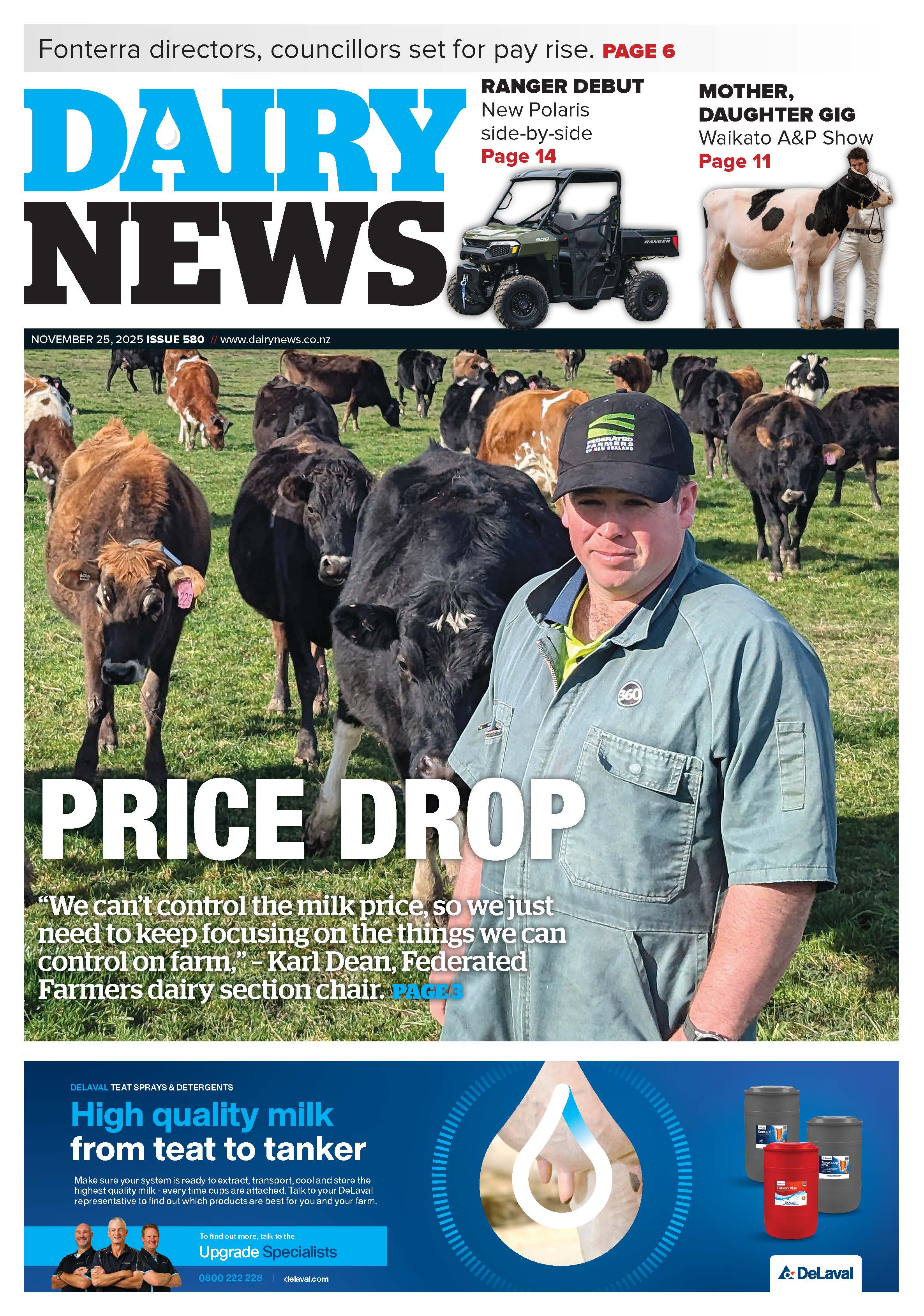The last of Zespri’s kiwifruit crop for the 2023 season is on its way to market.
Around 782 tonnes of Zespri SunGold Kiwifruit and 3621 tonnes of Zespri Green Kiwifruit are on-board the Discovery Bay, which is expected to reach Tokyo in early October before sailing on to Kobe, Japan and then on to South Korea.
Zespri has used 51 charter vessels to ship this season’s kiwifruit from NZ – including four to Northern Europe, eight to the Mediterranean, two to North America’s West Coast and 37 to Asia. The season’s final container shipments carrying the remaining 2540 tonnes of the crop are expected to conclude over the coming weeks.
Zespri chief operating officer Jason Te Brake says there’s been a huge effort right across the industry to deliver this season’s lower crop volume to customers and consumers in more than 50 countries around the world.
“It was another extremely challenging growing season in New Zealand, with a significant reduction in yields as a result of poor growing conditions,” he explains. “While lower yields have put real pressure on growers, the industry has focused on maximising value in market and through the supply chain.”
Te Brake says this has meant a commitment to improving fruit quality, which has been tracking significantly better than last year and closer to 2021’s crop. He says Zespri has also implemented strong pricing this season, with per tray returns at the high end of early season guidance.
“We’ll be finishing the season around eight weeks ahead of last year, which was a conscious decision made to ensure that we keep fruit moving through to customers to avoid late season quality costs for growers.”
Te Brake confirmed that planning for next year is already well underway, with significantly more fruit expected to help meet growing consumer demand. He says this includes looking at what changes Zespri need to make to further lift quality and respond to the higher volumes expected next season.
He says early indications suggest they’ll have a good level of growth for both Zespri Green and Zespri SunGold Kiwifruit in 2024, as these bounce back from the challenges of the past two seasons.
But Te Brake adds that as a primary industry they’re still subject to weather-related challenges.
“We are focused on ensuring we get the whole supply chain working well – from producing a quality product, getting it to market in great shape and then getting as much value as we can when it gets there, as this is crucial to ensuring we’re able to deliver more value back to our growers and communities.”

















